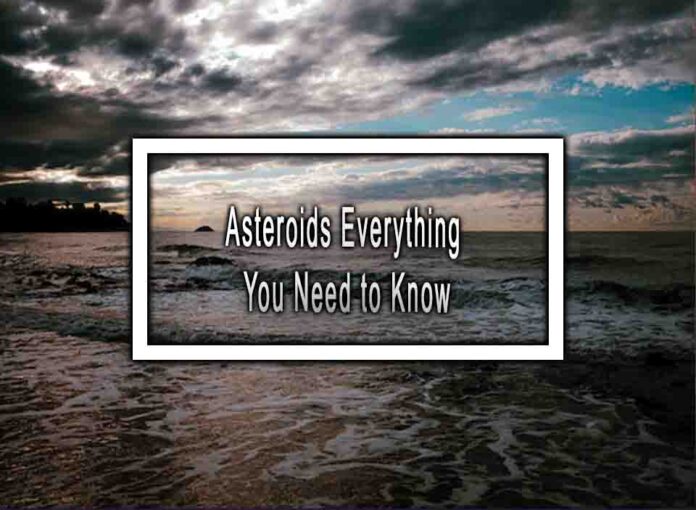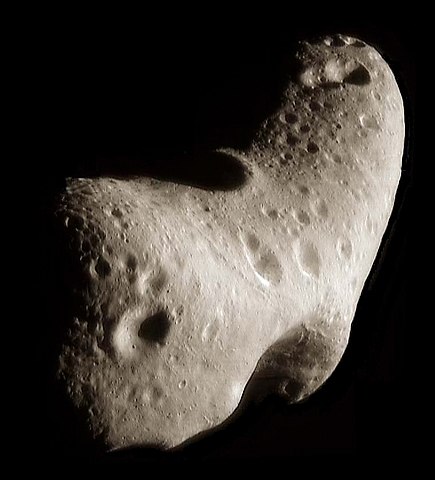Asteroids: Everything You Need to Know
Asteroids are fascinating celestial objects that orbit the Sun, and they have captured the interest of astronomers, planetary scientists, and the public alike. Here’s everything you need to know about asteroids, including their characteristics, types, impact potential, exploration, and more.
1. What Are Asteroids?
- Asteroids are rocky, airless remnants left over from the early formation of the solar system about 4.6 billion years ago.
- They vary in size from a few meters to hundreds of kilometers in diameter and are primarily composed of minerals and metals.

2. Types of Asteroids:
- Categorically, asteroids fall into several groups based on their composition and location within the solar system:
- C-type (carbonaceous): These contain carbon compounds and are the most common type.
- S-type (silicaceous): Composed of silicate rock and metal, they are the second most common type.
- M-type (metallic): Rich in metals like nickel and iron.
- Trojans and Centaurs: Asteroids that share orbits with larger planets, such as Jupiter and Neptune, respectively.
- Near-Earth Asteroids (NEAs): Asteroids that have orbits that bring them relatively close to Earth.
3. Asteroid Belt:
- Most asteroids reside in the asteroid belt, a region between the orbits of Mars and Jupiter.
- The largest asteroid in the belt is Ceres, which is also classified as a dwarf planet.
4. Asteroid Impacts:
- Asteroids have the potential to impact Earth, and depending on their size, they can cause local to global catastrophes.
- The study of asteroid impact events is vital for planetary defense and understanding mass extinctions in Earth’s history.
- Notable impacts include the Chicxulub impact that is believed to have contributed to the extinction of the dinosaurs.
5. Planetary Defense:
- Efforts are ongoing to identify, track, and characterize Near-Earth Asteroids that pose a potential impact threat.
- Various strategies, such as asteroid deflection techniques, are being researched to mitigate potential impact hazards.
6. Asteroid Exploration:
- Several spacecraft have been sent to study asteroids up close:
- NASA’s OSIRIS-REx mission collected a sample from asteroid Bennu and returned it to Earth.
- Japan’s Hayabusa2 mission did the same with asteroid Ryugu.
- Upcoming missions, like NASA’s Lucy and Psyche missions, will explore Trojan asteroids and a metallic asteroid, respectively.
7. Asteroids and the Origin of Life:
- Some scientists believe that asteroids may have played a role in delivering water and organic molecules to Earth, potentially contributing to the origin of life.
8. Mining Asteroids:
- In the realm of space exploration, there are ideas and plans for asteroid mining, where valuable resources like water, precious metals, and rare minerals could be extracted for use in space and on Earth.
9. The Naming of Asteroids:
- Asteroids are typically named after mythological figures, scientists, artists, or other notable individuals.
10. Ongoing Research:
- Astronomers continue to study asteroids through ground-based telescopes, space-based observatories, and dedicated missions to gain insights into their composition, origins, and potential impact hazards.
In summary, asteroids are intriguing celestial bodies with a rich history of scientific study and exploration. They hold important clues about the early solar system, have the potential to impact Earth, and are the subject of ongoing research for planetary defense and future space endeavors. Studying asteroids helps us better understand the origins and evolution of our solar system and our place within it.











